Visiting Phison's Headquarters In Zhunan, Taiwan
"We still believe there is always room for improvements with next generation controllers. Only the paranoid survive." – Pua Khein-Seng (KS), CEO of Phison Electronics Corporation
Introduction and History
Phison is a NAND flash controller and solutions provider. In late 2016, we visited Phison’s headquarters in Zhunan, Taiwan. During our visit, we sat down with the Phison’s driven CEO, marketing, and two R&D department leads to learn about the company’s past and future. In 2015, Phison had $1.17 billion in sales and shipped 600 million integrated circuits (ICs). The company has 1,200 global employees, and 70% of them are dedicated to research and development.
In May of 2000, the IT industry changed. Until that point, the primary method of transporting data was the floppy drive. It was then that a Malaysian-born graduate from National Chiao Tung University developed the first system-on-chip (SoC) flash controller. The first “pen drive” came to market a year later with investments from M-Systems and Toshiba.
Phison gained consumer recognition in 2010 with design wins that put flash in OEM Ultrabooks products. Around the same time, partners began shipping system-upgrade SSDs with the S5 controller that offered users a low-cost alternative to SandForce- and Marvell-based products shipping at the time. The S8, and later S9, controllers also appeared in low-cost consumer upgrade SSDs--with varying success, depending on the market.
Present Day
Phison broke out of the value-focused segment with the PS3110-S10 8-channel controller that powered several performance-orientated flagship products from partners like Corsair. The S10 was designed to be the last of a dying breed of high-performance 2-bit per cell SATA controllers while simultaneously working as a controller for mainstream 3-bit per cell flash. The diverse controller is currently at the heart of many products shipping today.
Phison doesn’t plan on replacing the S10 anytime soon, even though many competitors have removed 8-channel SATA controllers from product lineups. Phison has released S10 reference designs to manufacturers for use in enterprise environments, and that has allowed the controller to retain a presence in the consumer space. It's one of the few remaining 8-channel SATA controllers still shipping today.
A year has passed since Phison began shipping the PS5007-E7 8-channel controller to partners running the NVMe protocol. The controller first appeared in the Zotac Sonix add-in card SSD and has surfaced across the industry in different designs. Apacer, Corsair, MyDigitalSSD, and Patriot, among others, have chosen to bring retail products in the M.2 2280 form factor. Over the last several months, we’ve seen mock displays of add-in card form factor products that include more features, like host power failure protection, and we expect to see the more advanced cards come to market soon.
Get Tom's Hardware's best news and in-depth reviews, straight to your inbox.
At CES 2017, Phison unveiled a new low-cost PCI Express NVMe controller called the E8. This is a "lite" version of the E7, with less controller-to-NAND channels but with new features added via programming. The E8 will significantly reduce the cost of entry-level and mainstream NVMe products by lowering controller and R&D costs for Phison’s retail partners. A second variation of the E8, called the E8T, will also come to market and could be the first DRAMless NVMe SSD supplied to OEM and system integrators.
Office Tour
Phison's Zhunan headquarters houses several departments. We found a mix of sales, operations, and support personnel in the office. Most of our time was spent in the research and development sections of the facility. There, we learned about industrial specifications like Mil-i-46058C and iPC-610 Class 2 Standard. We saw firsthand the type of hardware used to test for corner cases and industry-specific tests that, in some cases, are requirements by law.
Phison builds products for several markets, and the consumer side is easy compared to the demands of industry and military, but some of the lessons learned cross different markets. In December 2012, the NHTSA imposed new rules for an event data recorder (EDR) to come in every passenger car to record data. The record media must withstand harsh conditions that range from extreme vibration to wide temperature fluctuations. In this instance, Phison's experience in other markets carried over and allowed the company to ramp up automotive-focused products quickly. Phison plans to attack the automotive market aggressively as demand for robust products ramp up. These products require a significant amount of storage space but also place heavy demands on reliability and robustness.


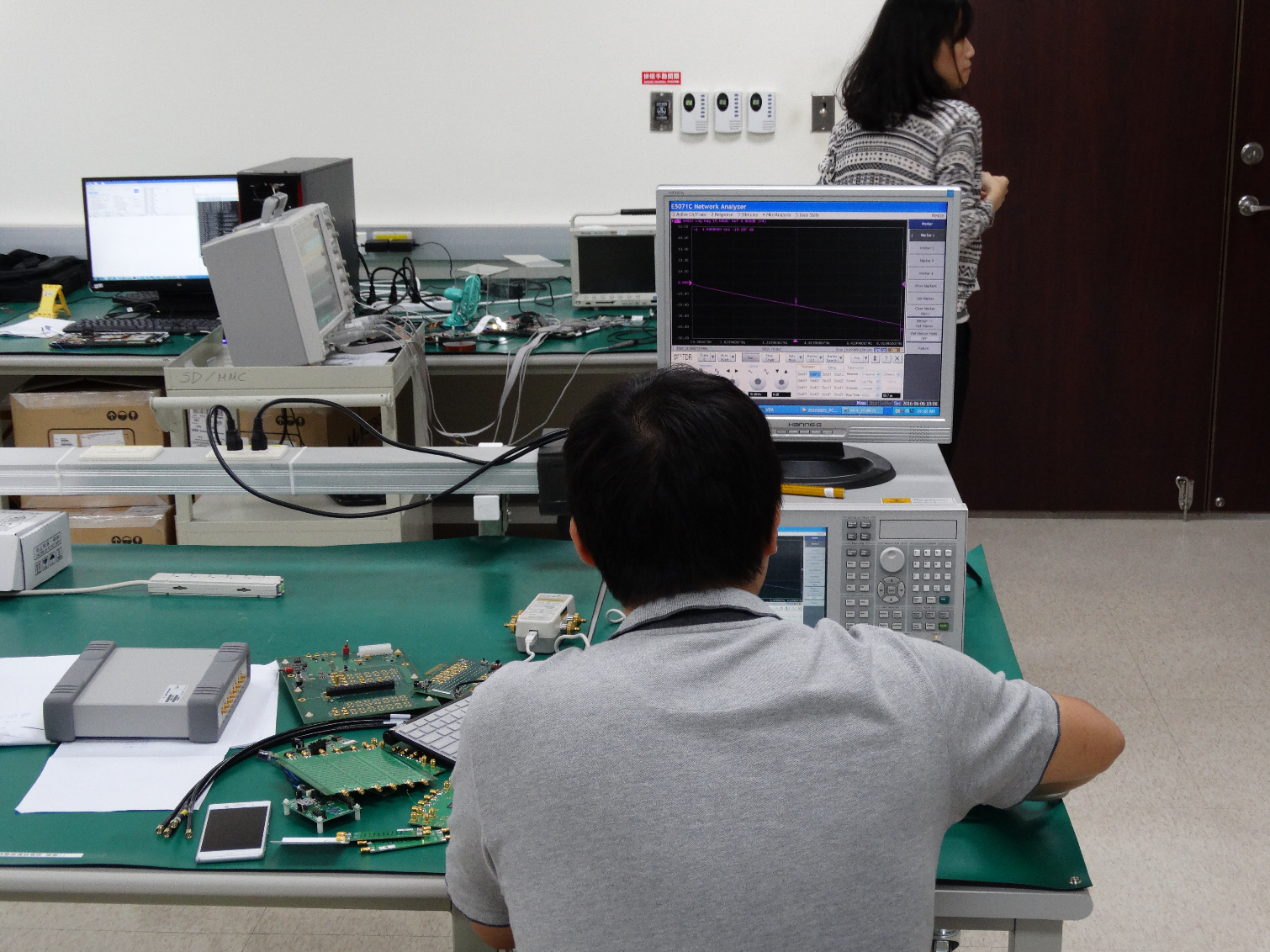

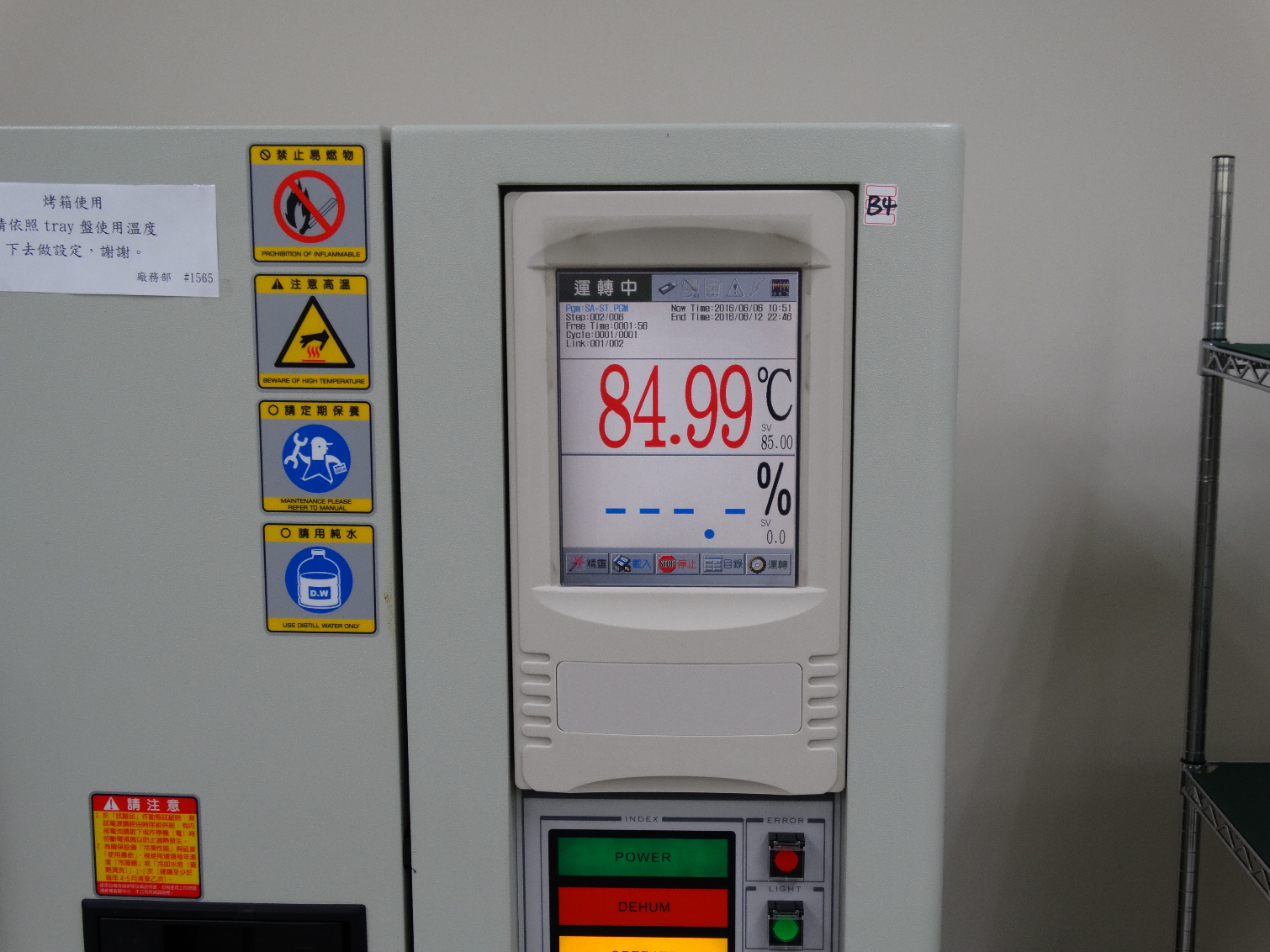
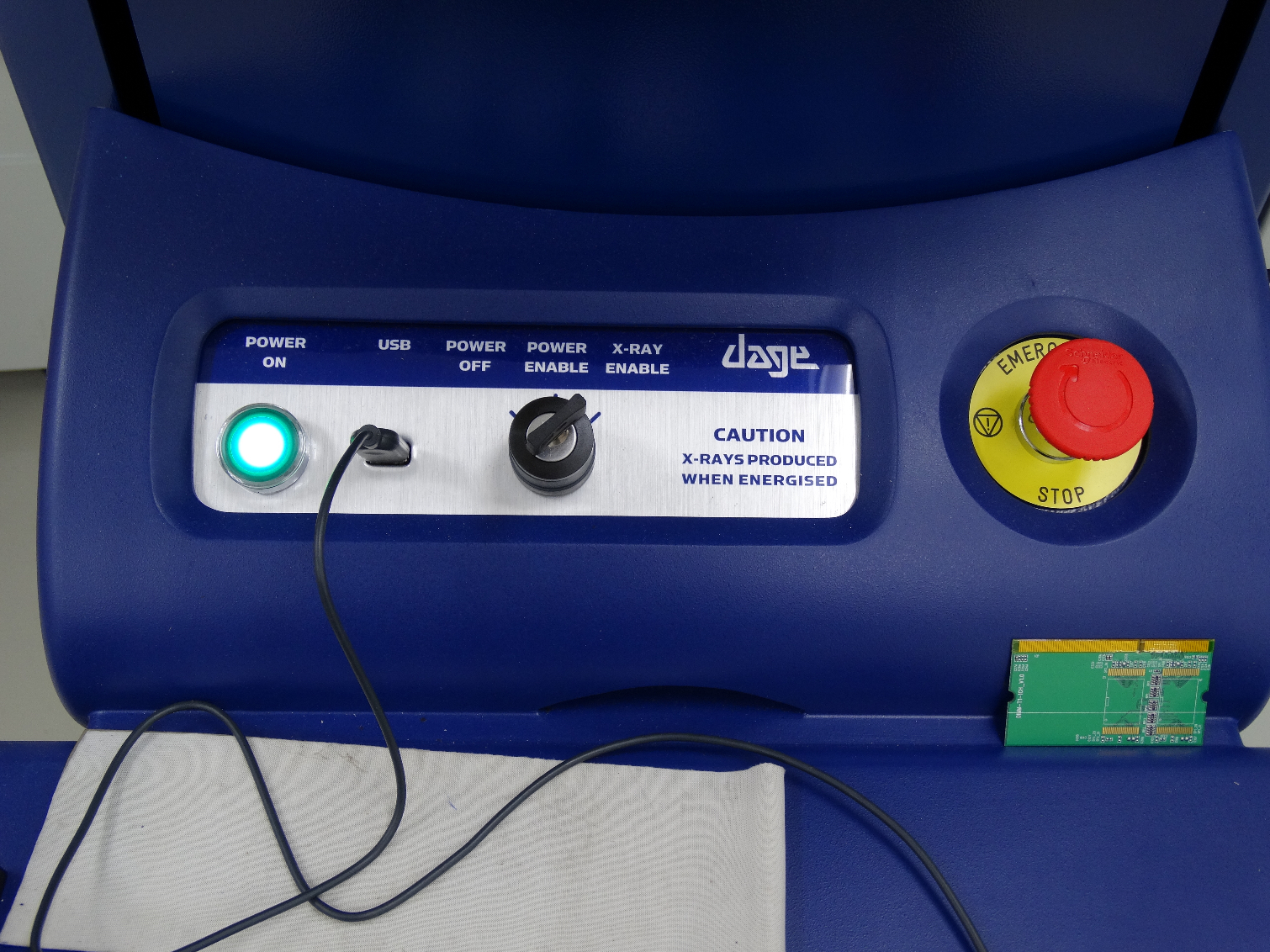
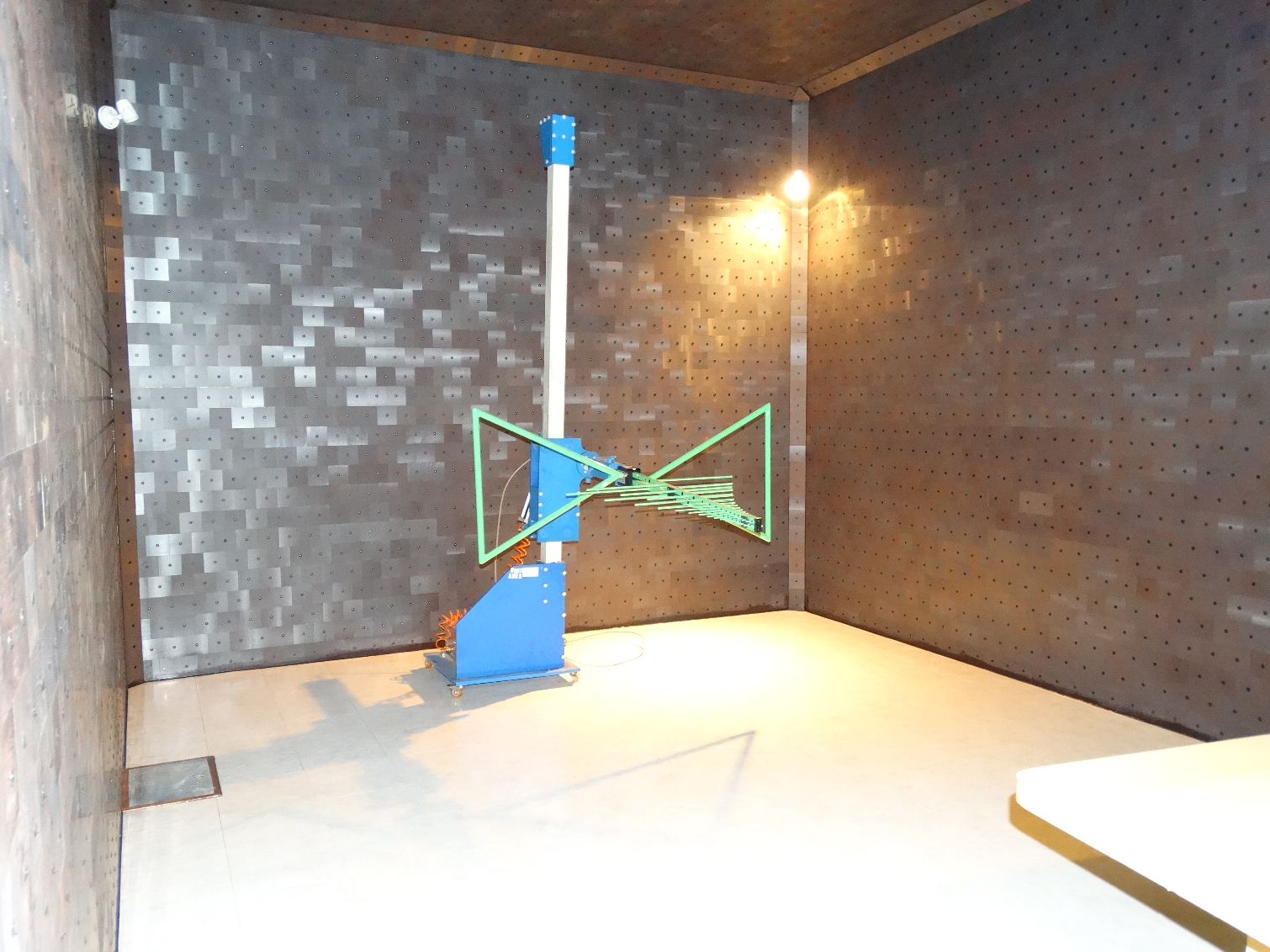
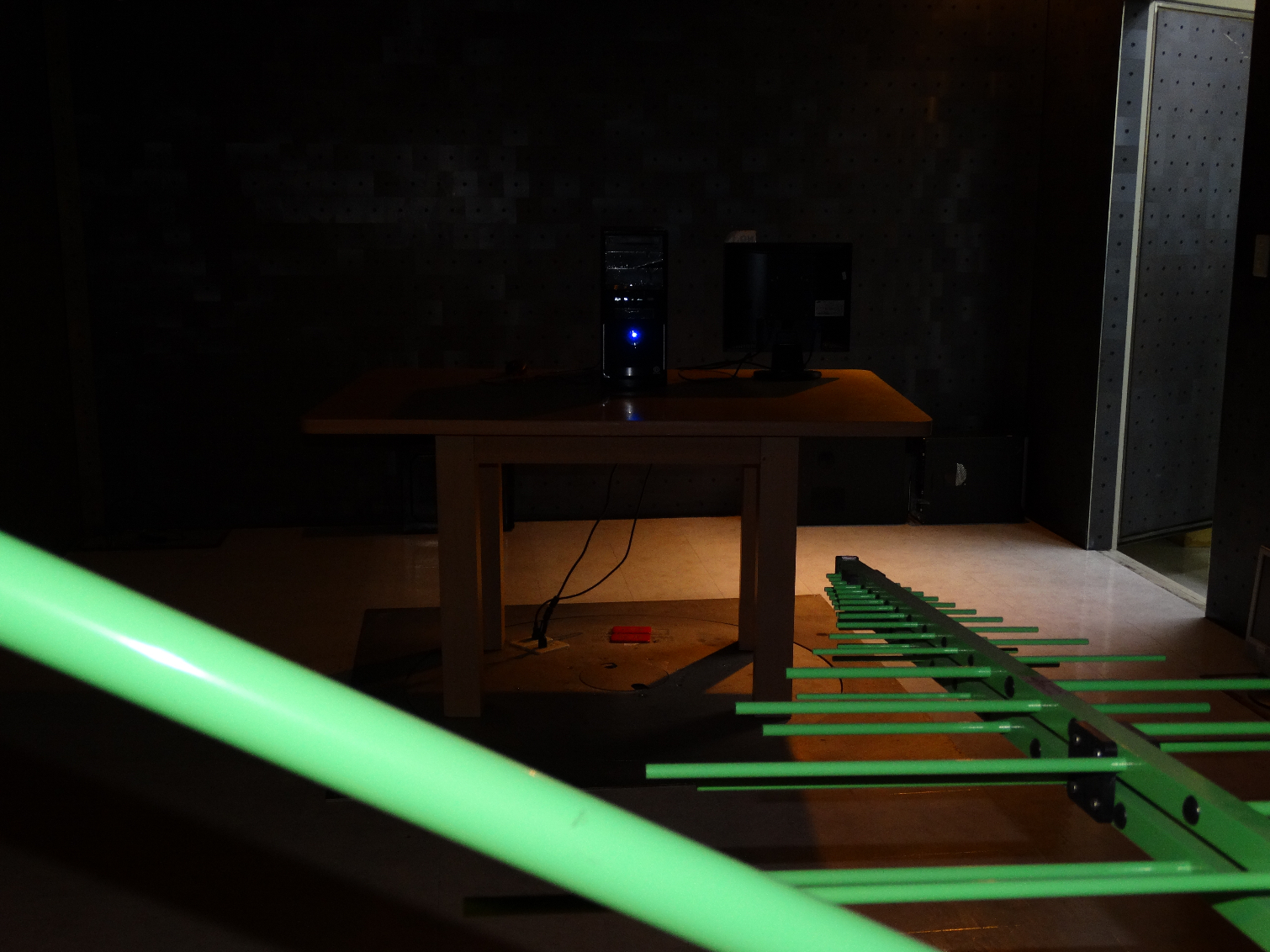
Discussions
During our visit, we had the pleasure of sitting down with two research and development department managers. Alson Chu is currently the manager of R&D Division II, System Department 2. He joined the company in 2004 and leads a team of 38. Mingren Liang is also a manager of R&D Division II but heads System Department 7. He has 13 years with Phison after joining the company in 2003. His team has 27 members.
Both teams have come a long way from early products to the current NVMe solutions coming from the company. Chu's team started with LBA NAND, a specialized product introduced in 2004, and simple SD card technology. His team is also responsible for the current PS5007-E7 SSDs shipping today. Between 2009 and 2015, Department 2 also developed three SATA-based controllers, including the PS3108-S8 that shipped in several Ultrabooks and brought the company into the aftermarket space.
Liang's Department 7 started with parallel SATA solid-state devices before moving to SATA SSDs. The most notable is the PS3110-S10 that powers the Corsair Neutron XTi and other high-performance consumer SSDs. His team is currently developing the successor the PS5007-E7 controller that is scheduled to come to market in 2018.
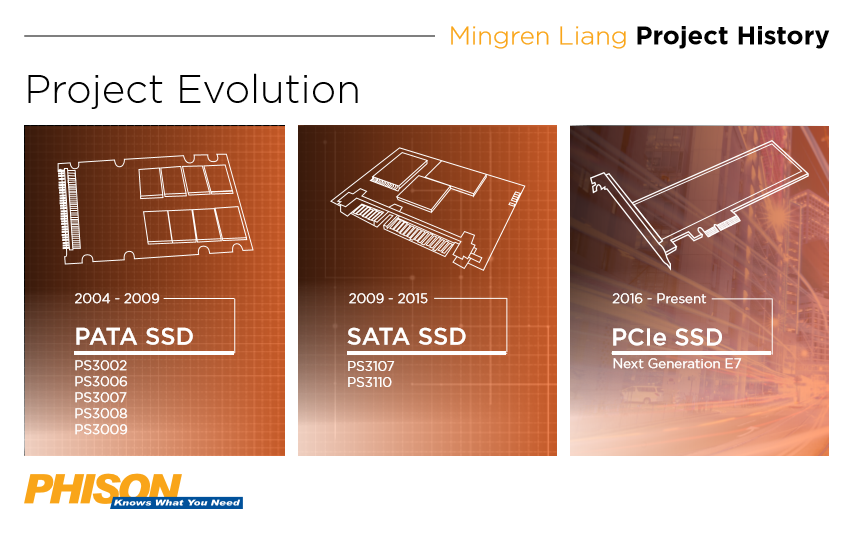
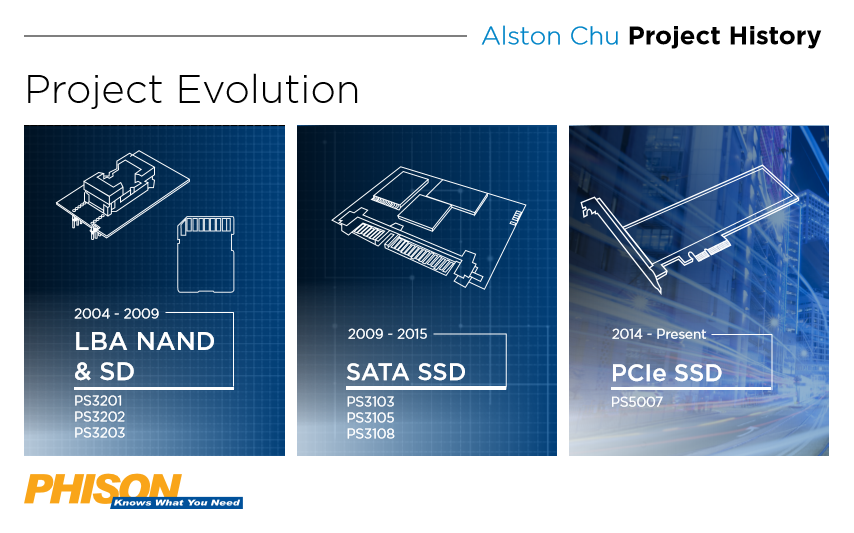
We asked about the early challenges from an engineering perspective of building early flash-based products.
Alson Chu: The PS3103 was Phison’s first SSD controller that combined different IPs (Flash/DDR/ SATA/AES) with a much bigger SRAM size (compared to the design of memory cards and LBA NAND). There was a learning curve for both hardware and firmware developments, so the project was more like the stepping stone for the later SSD controllers. The challenge was to re-design from block mode to page mode architecture. The transition was needed for better random performance at the time.
Mingren Liang: PS3006 is Phison’s 1st controller that we worked with Tier-1 customers for compact and low-cost netbooks. The challenge of the project was the large scale of firmware verification at the customer manufacturing sites, which was to verify firmware stability and correctness with 200 – 300 platforms. This introduced unforeseen corner cases and error handling issues that we did not encounter during internal verification. There was also time constraints coming from our customers because storage elements were the last gating item before shipments during Chinese New Year of 2008. The PS3107 introduced NCQ and TRIM implementations, which were not defined for PATA environment. Also, the market called for better random performance, so we switched from block mode to page mode architecture with the DRAM table management. The changes were fundamentally new to the team, so there was a learning curve.
Tom's Hardware: Most of our readers were introduced to Phison though the PS3110-S10 and the more recent PS5007-E7. Both products have had a positive impact on the SSD market over the last three years. Phison had to realize that moving into the high-performance space would increase the brand recognition with power users and enthusiasts. What challenges did you encounter with developing the first high-performance products designed for the upgrade market?
ML: There are significant architectural difference between S7 and S10. The synch/unsynch mechanism for instance. With PS3107, multiple tasks cannot be performed during the operation of a command issued to data ready for read/write. However, since PS3110 has 4 cores, multiple tasks can be handled at the same time. Thus, by looking at a single time frame, S10 can handle much more workload than S7, achieving better system efficiency. This is the “unsynch” mechanism for S10. The early challenges with the multicore design was the CPU-to-CPU handshaking and debugging to identify which CPU went wrong in an operation.
AC: The PS5007-E7 controller is designed with 8 CPUs inside. There was no previous experience with the 8-core design, so CPU-to-CPU handshaking was the main challenge at the early development stage.
TH: Both the S10 and E7 controllers also target the enterprise market. Your teams have already started building the firmware and making changes needed to cross over. What challenges do you coming in the future?
AC:Latency under PCIe based environment: High bandwidth means high performance but latency could be easily magnified and cause a significant performance drop within the PCIe environment.
ML: QoS: It is becoming an important indicator for SSD benchmarking, especially enterprise-level applications. How we plan to design our new SSD controllers will determine if we can continue to stay head-to-head with competitors in the flash market.
TH: What are your most memorable moments in your 10+ years at Phison?
AC:The team work when debugging an issue. The work could be demanding but everyone’s attitude makes the situation less difficult.
ML: The first positive review from Tom’s Hardware. It felt like winning an Oscar because we had a bumpy start with S10. Seeing that review from Tom’s Hardware made the entire team feel fulfilled after the seemingly endless nights and weekends at Phison. It was very encouraging
The CEO
Over the years I've spent a little time with Pua Khein-Seng (KS), CEO and founder of Phison. Until this trip we had never sat down to discuss any topic of substance--only introductions and pleasantries. I already knew he was well respected and well loved by his employees. KS, as he is affectionately called by those around him, has an engineering mind. He sees problems as something to overcome and move past without spending a great deal of time celebrating the achievements.
KS is playful while remaining focused on business. He spends most of his time working at the office and then taking the work home. There are many stories of him staying up most of the night to make progress on a project. He isn't afraid to get hands on. In one instance during our visit, he chimed in on a future product with intimate detail as if it was the only thing on his mind. As quickly as he emerged, he was off again to work in another area of the facility. It's difficult to pin him down for a long period of time.
KS has a big heart and that is why most Phison employees have been with the company for several years. Here's an intriguing anecdote: Early in his time in Taiwan, KS had a difficult time finding authentic food from his homeland, Malaysia. At some point, he met an older Malaysian women who made home-cooked-style food from his native land, so he built her a restaurant that is still in business today.
The Future
Phison sees a bright future in the embedded and industrial markets. IoT, factory automation, automotive, video surveillance, and other growing markets all fall under this umbrella. Phison expects extensive growth in healthcare and military/aviation applications, as well. The company has already dedicated extensive resources to these markets and plans to continue development as opportunities arrive. The company finished a new R&D center in China and continues to invest, nurture, and grow talent at that facility while retaining the core group of engineers based in Taiwan.
I don't see anyone buying a car based on the SSD inside, but Phison does have several new products and designs that our readers will care about, such as two innovative PS5007-E7 designs. The first we've talked about for several months, and we expect to see a retail product with the design in the coming months: an NVMe E7 paired with a double dose of DDR buffer space. We call this drive the E7 Double-DDR, but it's an unofficial name.
At Flash Memory Summit (FMS), we learned that Patriot has auditioned the add-in card design. The second, but much less likely to land on a consumer retail product, uses the E7 NVMe controller with 1TB of Toshiba 15nm MLC flash programmed to 512GB SLC. The drive takes the idea of pseudo-SLC beyond cache and utilizes all of the flash in one-bit per cell mode. It's a high-performance product that many will want to see, but paying for 1TB of flash to get 512GB of space works against the current trend of reducing SSD prices.
Phison will release an E7 replacement in 2018. We don't have many details on this product, but expect to see low-density parity check (LDPC) error correction code, a high-speed interface like PCIe 3.0 x4, and the NVMe protocol. This product will be optimized for next-generation 3D NAND flash technology and will incorporate new features that increase reliability, performance, and endurance.
Closer on the timeline is the new E8 controller designed for entry-level and mainstream users. This is a 4-channel NVMe controller that rides on a PCIe 3.0 x2 bus. Phison had a working demo at CES 2016, and we saw the drive churning sequential data at 1,130 MB/s read and 1,056 MB/s write speeds. The drive was described to us as a "functional sample phase," but we were told to expect more information in March 2017. The new E8 controller increases the number of features over the E7.
We look forward to testing the new E8 and other products from Phison in the future.

Chris Ramseyer was a senior contributing editor for Tom's Hardware. He tested and reviewed consumer storage.
-
bit_user It's a nice writeup. I once worked for an engineering manager who worked at least as hard - and knew at least as much - as anyone under him. It was a bit intimidating, but the fact that he was really a nice guy is what made it work.Reply
In late 2016, we visited Phison’s headquarters
Why the delay? Some of the details would've been more interesting, last year. Were you embargoed, because of that?
Also, I didn't see any explanation of the last two photos. -
bit_user Reply
That was my default assumption, but I think a sentence or two could shed some illuminating details.19315295 said:The last two photos is their emissions testing room. It is a faraday cage.